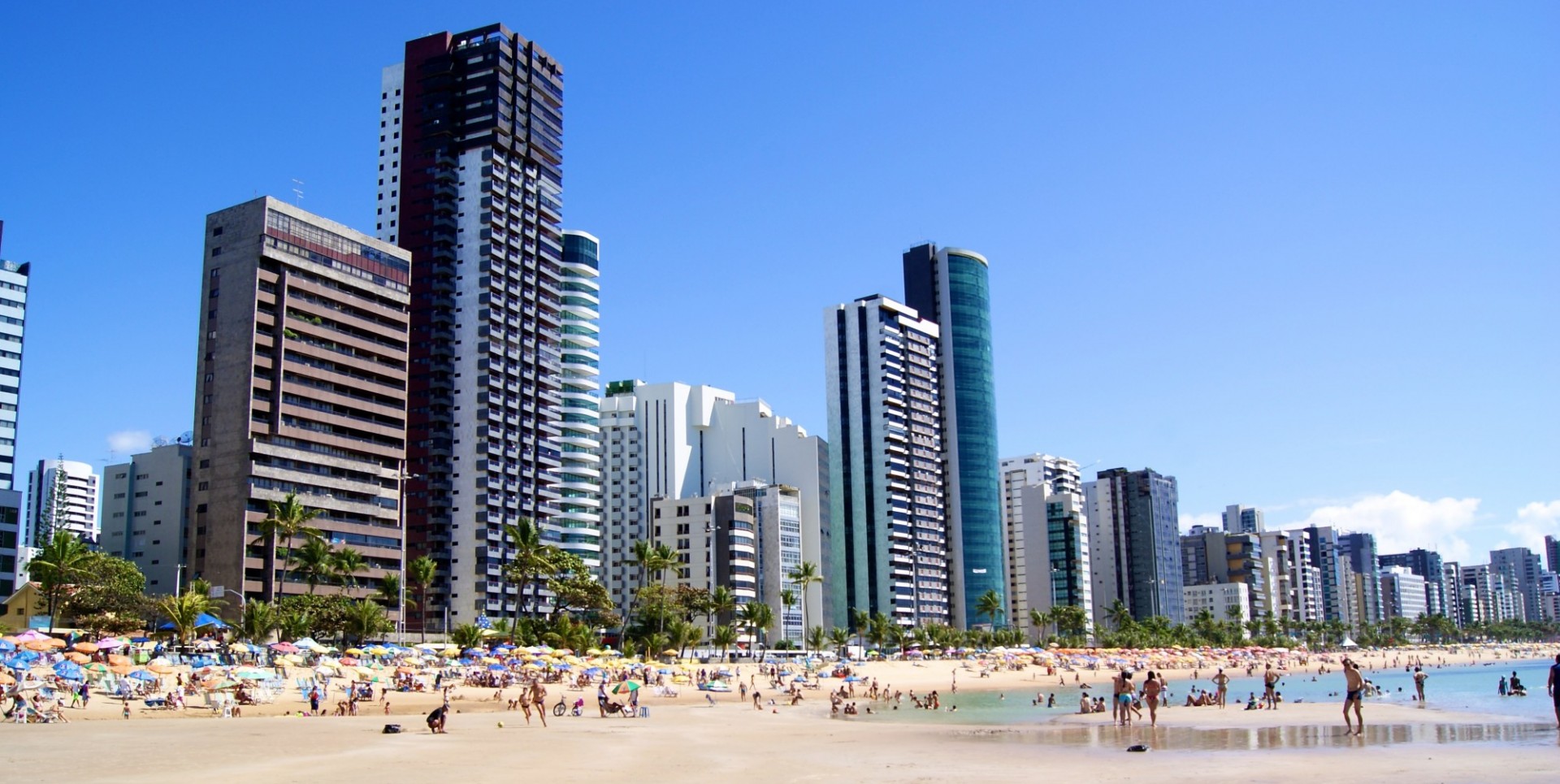The Columbia Water Center, in collaboration with the Inter American Development Bank (IDB), Arizona State University, RTI, the Water and Climate Agency of Pernambuco (APAC), and the Pernambuco Department of Water and Energy Resources will develop an integrated water resources decision support system. This system is designed to achieve the following objectives:
- Focus on emergency response, declaration of early warning and information delivery during an event.
- Address water resource operations to meet prioritized demands and manage sectoral shifts in demand prior to drought to minimize operational costs and maximize reliability of supply.
- Assess vulnerable areas, identify stakeholders, and allocate water and economic relief.
- Incorporate economic trends, projections of climate or other variables, to guide short-term strategy.
- Integrate with a long term strategy where relief and response measures are tied to development goals.
The Columbia Water Center will focus on an analysis of climate predictability at different time scales and a water supply cost minimization model informed by forecasts or stochastic simulations based on historical data, with a 2 year forward looking horizon. The following analysis will be conducted by the team:
- Evaluating and developing seasonal and shorter term forecasts for reservoir inflows using climatic and meteorological data sources and scenarios that have been mapped to river flows using the Hydro-BID simulation system, by RTI.
- Developing improved short-run (0 to 2 year) reservoir operation and water allocation strategies for forecasted climate conditions (e.g., wet, dry and normal years; actual probability distribution for a forecast period; stochastic simulation over that period) that use extended range climate and hydrologic forecasts. The goal is to minimize the expected cost of raw water system operations using the forecast information and current reservoir and water demand conditions.

